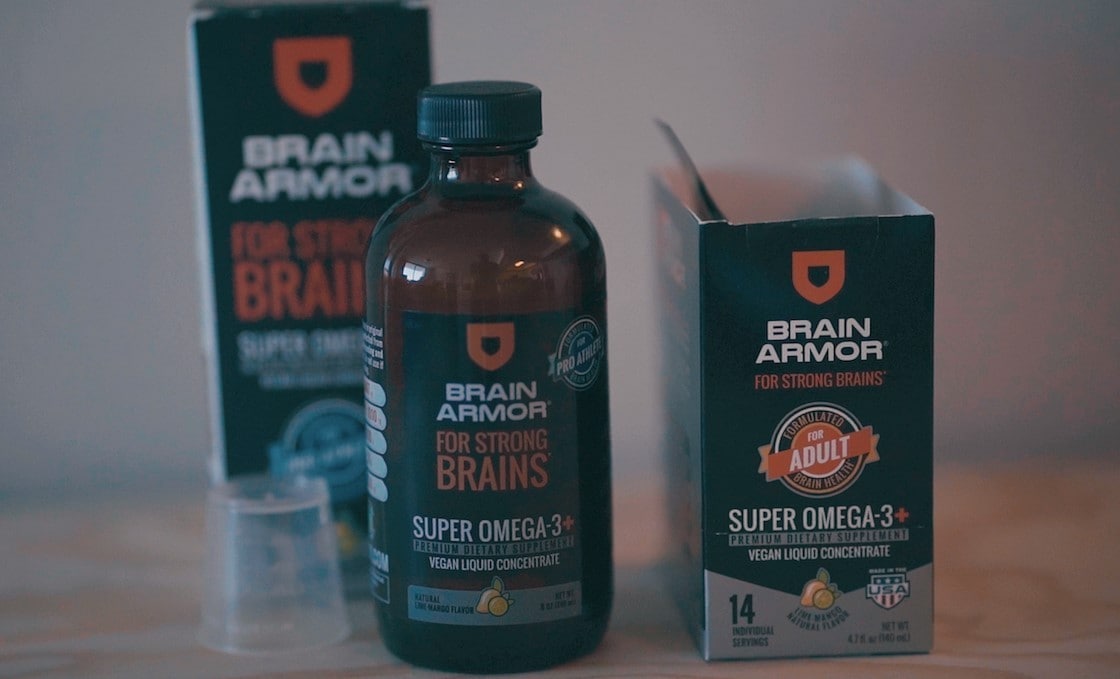Fortification simply involves the addition of extra nutrients into a food item during production. This can refer to either a government mandated mass fortification of a staple food to address a population deficiency, or can refer to voluntary fortification in which manufacturers choose to fortify their product with a certain nutrient (or nutrients) in order to increase its nutritional value. This renders the product a ‘functional food’ and these are often market driven. You may not realize how many products you consume each day are actually fortified foods, as they have become such a major part of our diet in developed countries.
Let’s look at some of the misconceptions people have about food fortification so you can make more informed decisions about what ends up on your plate.
Misconception: They’re unsafe
Fortified foods are in no way toxic to your body. The only thing you need worry about is the carrier food, i.e. the food that has been fortified. For instance, chocolate biscuits with added fiber are still chocolate biscuits, and may not be the healthiest choice! Studies have shown that consumption of fortified foods in an everyday diet do not contribute to any adverse health effects. One particular study from the UK concluded that from their 1379 participants, none of them reached the upper limit (the maximum daily intake recommended by health professionals) or toxic level of any nutrient through consumption of fortified foods. Hence, they concluded that fortified foods have no adverse effects on consumers. In addition to this, the study found that nutritional markers increased significantly in people consuming fortified foods. In fact, up to 20 percent of nutrients consumed by participants of the study came from nutrients that were fortified into foods.
Manufacturers are required to adhere to strict rules and guidelines set out by a governing body known as the Codex Alimentarius Commission, which set the international food safety guidelines. In addition, Australia has its own guidelines known as Food Standards Australia New Zealand (FSANZ), which manufacturers must adhere to if wishing to sell in Australia. Other regions, including the European Union, have their own regulations regarding the addition of vitamins, minerals and other substances to food and beverage products.
Misconception: It’s only marketing It can be true that voluntary fortification of foods, or foods we will refer to as ‘functional foods,’ are sometimes market driven. The manufacturers that use fortification to market their snack or sugar filled products as ‘healthier alternatives’ give fortification a bad name. However, this doesn’t mean other fortified products aren’t beneficial to us.
For those with nutritional gaps, functional foods can be vital for health. For instance, vegetarians and vegans can often lack iron and omega-3s, or those who are lactose intolerant could be lacking in calcium and vitamin D. Consuming foods that are fortified with these nutrients can ensure you are receiving all the required daily intakes to maintain health.
Other common fortified foods and beverages include fruit juice fortified with extra vitamin C to replace the loss of this nutrient through production. Another example is DHA omega-3 in margarines or spreads.
Misconception: They make the food taste different
This particularly worries consumers when they see DHA omega-3 has been added to a product as people usually associate omega-3s with fish. We don’t really want fishy tasting yoghurt or bread. Yuck! However, with the advancement of technology this isn’t something we need worry about anymore. There are many ways to introduce nutrients like omega-3s into foods while masking the fish flavor and odor. The most common technique is microencapsulation, which means the oil is put in a tiny little capsule at the micro scale, and this holds in the flavor and odor until it reaches the intestines where it can be broken down and digested. Microencapsulation also ensures that all of the omega-3 goodness is kept safe until it reaches our digestive system and doesn’t degrade away over the shelf life of the product. Also since the capsule is so tiny, it has no effect on the other sensory properties of the carrier food such as texture. Techniques like these are used for all kinds of nutrients when fortification occurs.
Another option for increasing omega-3 in foods is using algal DHA omega-3. Algal DHA omega-3 is derived from algae so it can be used to fortify foods without adding a fishy taste.
Misconception: I don’t need to eat fortified foods; I am healthy enough
This may be true, but many in the world are lacking in many nutrients. The World Health Organization (WHO) estimates that two billion people worldwide (almost a third of all people) are deficient in one or more nutrients. Vegetarians, vegans, pregnant and lactating women, children and the elderly are most at risk for developing a deficiency. A recent report also stated that on average Australians are falling short of the recommended daily intake for multiple nutrients, including omega-3, iron, zinc, calcium and vitamin D, which are putting us at risk of deficiency.
Fortified foods are the most cost-efficient long-term strategy to address nutrient deficiencies, and their consequential health problems, within large populations. You may not realize, but some of the common foods you are eating have mandated fortification. All cereal grain products in Australia are mandated to be fortified with folate and iodine in order to reduce the occurrence of babies being born with neural tube defects (NTD) and intellectual disorders. I’m sure all mothers are aware these nutrients are essential throughout pregnancy for healthy development of baby, but what about those with unplanned pregnancies? The mandated fortification of folate and iodine in cereals was introduced in 2009 and so far, the results have shown a steady decrease in rates of NTD in line with fortification of folate.
Keep an eye out for fortified foods when you’re shopping to help increase your nutritional intake.










